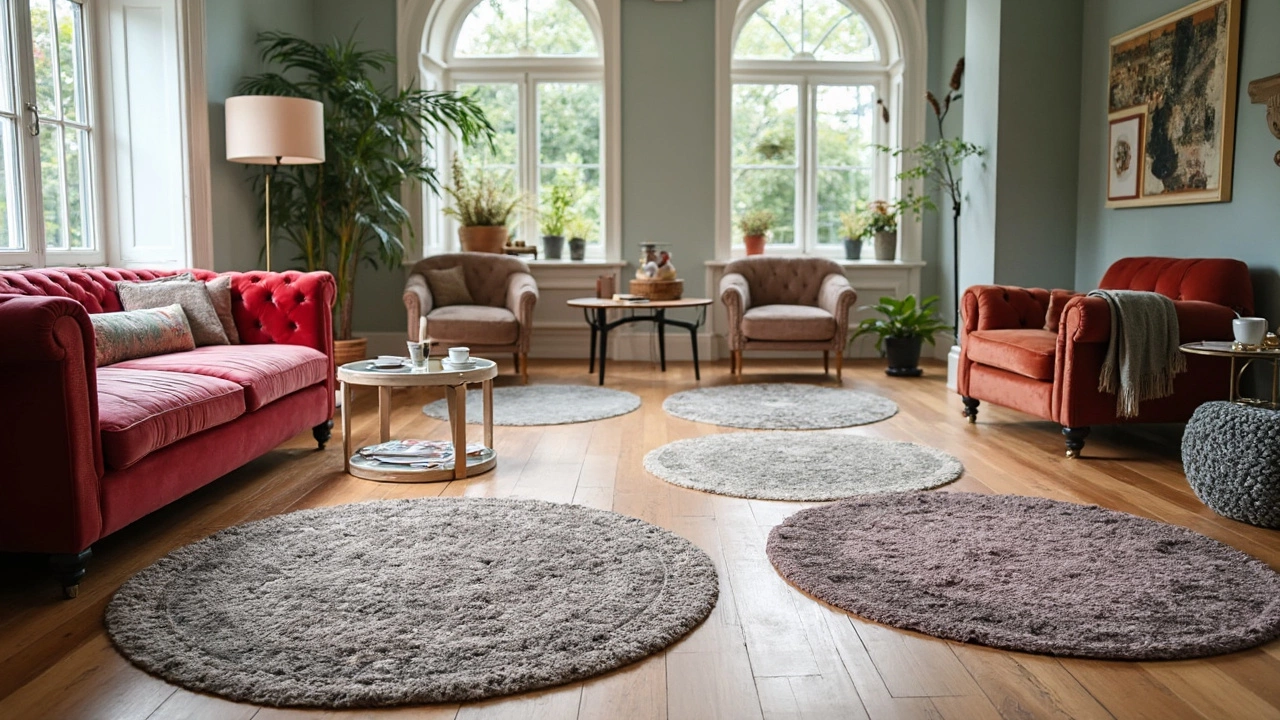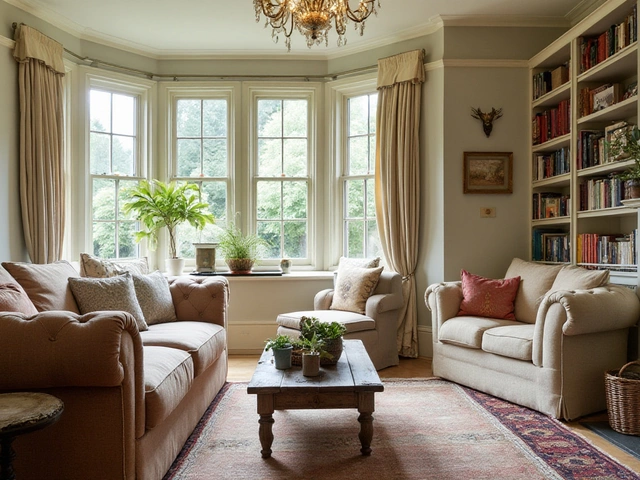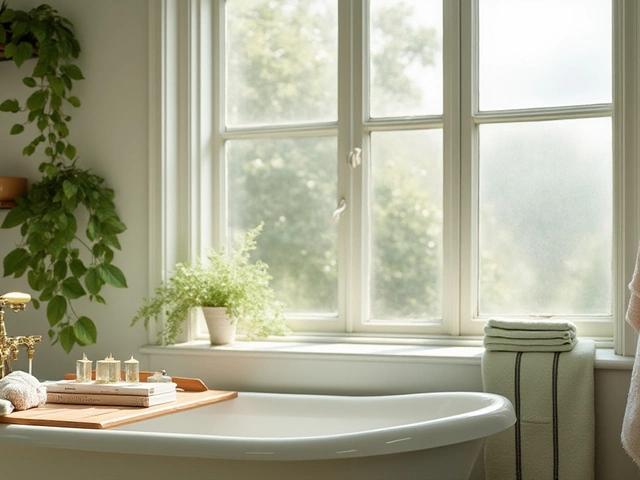Rug Shapes: How to Pick the Right One for Your Space
If you’ve ever stared at a floor and wondered whether a round rug or a rectangular one would look better, you’re not alone. The shape of a rug does more than fill an empty area – it can guide traffic flow, highlight furniture, and change the mood of a room. In this guide we’ll break down the most common rug shapes, when to use each, and a few practical tips so you can feel confident buying the next rug.
Common Rug Shapes and Their Best Uses
Rectangular rugs are the workhorse of floor covering. They work well under a dining table, a sofa set, or a bedroom bed. The length helps define a seating area, while the width keeps the furniture anchored. If your room is long and narrow, a rectangular rug can make it feel balanced.
Square rugs are perfect for compact spaces like entryways, bathrooms, or a small living area. A square rug can sit in front of a door or under a single chair, adding a pop of color without overwhelming the room. Because the proportions are equal, they’re easy to line up with other square décor pieces.
Round rugs add softness and a natural flow. Use a round rug under a coffee table or in the center of a gathering space to create a focal point. They work especially well in rooms with curved furniture or in spaces where you want to break up hard lines.
Oval rugs are a middle ground between rectangular and round. They fit nicely under a chaise lounge or a low seating arrangement. Their elongated shape can make a narrow room feel longer while keeping the visual interest of a curve.
Free‑form or abstract shapes are becoming popular for modern interiors. These rugs can be irregular or have asymmetric edges. They’re great for creative rooms or as a statement piece when you have a minimalistic backdrop.
Placement Tips That Actually Work
When you choose a shape, think about the furniture layout. A good rule of thumb is to leave at least 6‑12 inches of floor visible around the rug. This border lets the rug breathe and shows off the flooring.
If you have a set of living‑room chairs, place the rug so that at least the front legs of each chair sit on it. For a sofa, the rug should extend beyond the front legs; this anchors the whole arrangement.
In a dining room, the rug should be large enough to fit the table and chairs even when the chairs are pulled out. A rectangle that’s 24‑30 inches larger than the table on each side usually does the trick.
Round rugs work well in open‑plan areas where you want a soft transition between zones. Position a round rug under a coffee table and let the surrounding carpet define the rest of the space.
Don’t forget maintenance. The easiest rugs to clean are often made from low‑pile materials like polypropylene. If you have pets or kids, choose a stain‑resistant rug shape that won’t collect dirt in deep corners.
Finally, trust your eye. Lay a rug on the floor before committing. Walk around, sit down, and see how it feels. A shape that feels natural underfoot will make the whole room look cohesive.
Choosing the right rug shape doesn’t have to be confusing. Stick to these basics – match the shape to the room’s proportions, keep furniture legs on the rug, and pick a material that fits your lifestyle – and you’ll end up with a floor that ties everything together.

What Shape Rug Is Best? How to Pick the Perfect Fit
Picking the right rug shape can totally change the way a room looks and feels. This article breaks down different rug shapes, their best uses, and simple tips for picking the one that works in your space. It dives into what's trending and common mistakes that people make when decorating. You'll find practical advice for every type of room. Get ready to see your floors in a new way.
Categories
- Storage (27)
- Bathroom (18)
- Sofas (15)
- Curtains (15)
- Home Decor (12)
- Bedding (11)
- Kitchenware (11)
- Cushions (11)
- Mirrors (10)
- Rugs (9)



